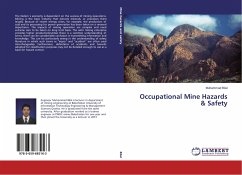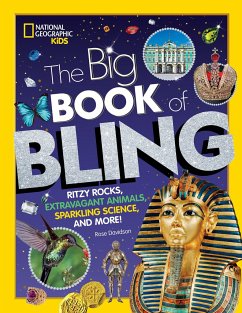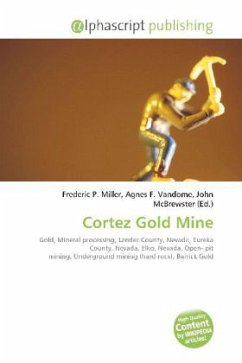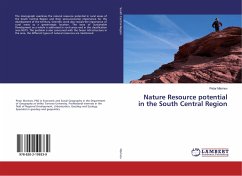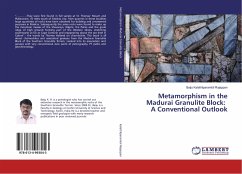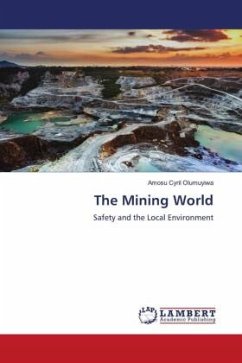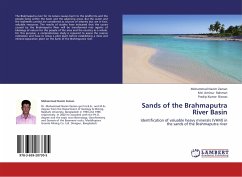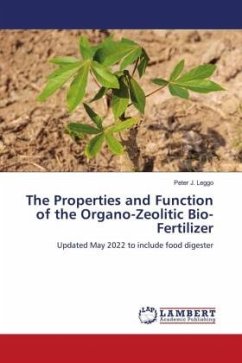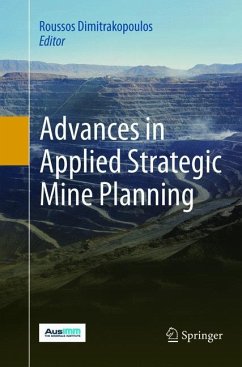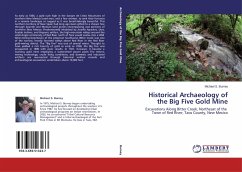
Historical Archaeology of the Big Five Gold Mine
Excavations Along Bitter Creek, Northeast of the Town of Red River, Taos County, New Mexico
Versandkostenfrei!
Versandfertig in 6-10 Tagen
30,99 €
inkl. MwSt.

PAYBACK Punkte
15 °P sammeln!
As early as 1866, a gold rush high in the Sangre de Cristo Mountains of northern New Mexico lured men, and a few women, to seek their fortunes in a remote landscape as rugged as it was breathtakingly beautiful. This northern territory of New Spain had long ago been gifted to a chosen few through Spanish and Mexican land grants encompassing vast portions of northern New Mexico. Predominantly inhabited by Jicarilla Apaches, Utes, Pueblo Indians, and Hispanic settlers, the high-mountain valleys around the small Anglo community of Red River north of Taos would evolve into a Wild West mining boomto...
As early as 1866, a gold rush high in the Sangre de Cristo Mountains of northern New Mexico lured men, and a few women, to seek their fortunes in a remote landscape as rugged as it was breathtakingly beautiful. This northern territory of New Spain had long ago been gifted to a chosen few through Spanish and Mexican land grants encompassing vast portions of northern New Mexico. Predominantly inhabited by Jicarilla Apaches, Utes, Pueblo Indians, and Hispanic settlers, the high-mountain valleys around the small Anglo community of Red River north of Taos would evolve into a Wild West mining boomtown of the American Southwest. Bitter Creek was one of the narrow, heavily forested valleys above Red River in the Red River gold-mining district. The Big Five was one of several mines. Thought to have yielded a rich bounty of gold as early as 1858, the Big Five was prospected in 1890 with poor results. In 1921, however, it became a working gold mine employing a waterwheel power plant. The miners, mining technology, crude living conditions, and domestic and industrial artifacts are resurrected through historical written records and archaeological excavations undertaken above 10,000 feet.



